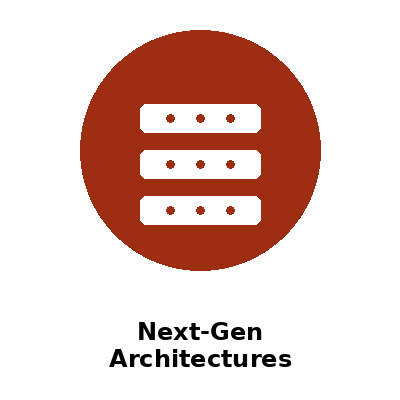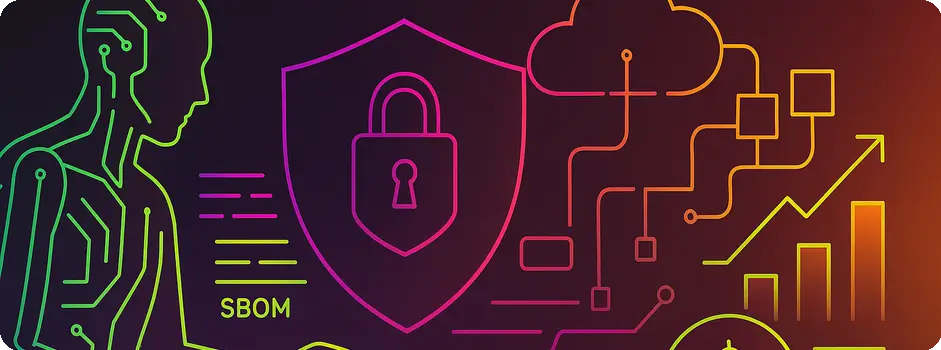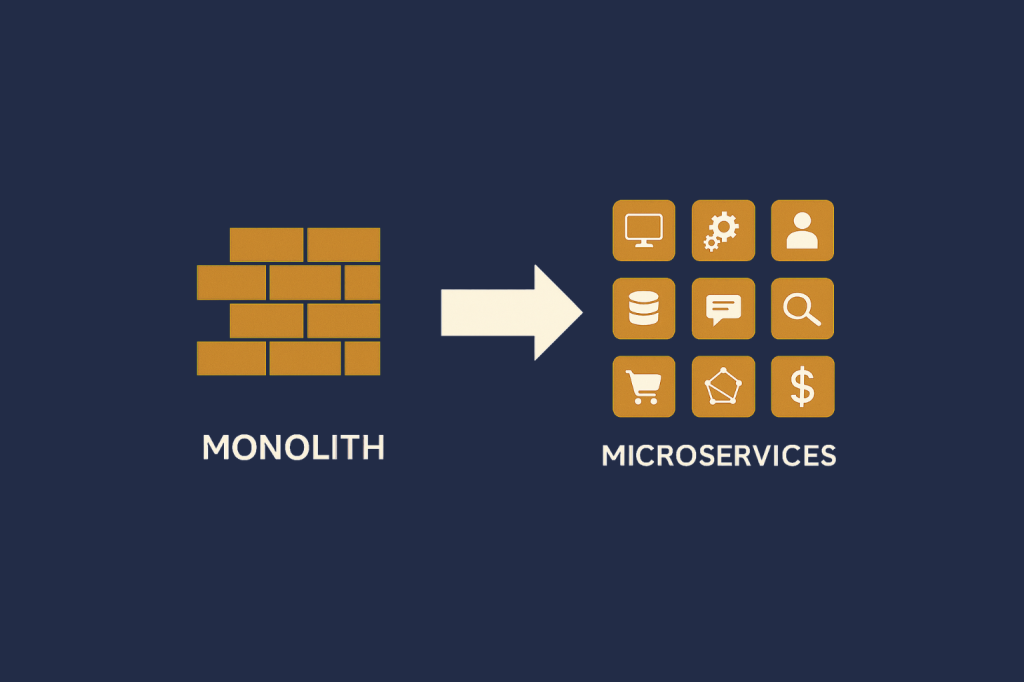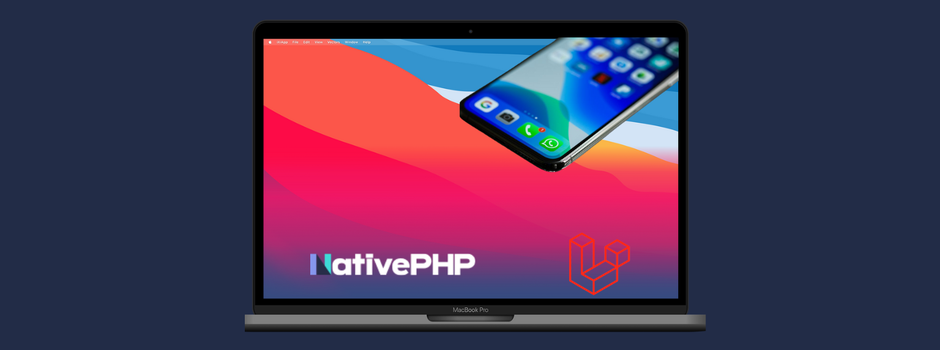A single briefing that enables business leaders to understand exactly where engineering, risk, and cost are heading—without wading through vendor jargon.
To separate signal from noise, we synthesized insights from major industry reports, newly issued government standards, and several surveys. The outcome is a curated list of 20 trends, with each one broken down by its drivers, business impact, key performance indicators, and reference technologies..
Executive Snapshot
- AI everywhere. Seventy-six percent of developers already use—or plan to use—AI coding tools, and GitHub saw a 98% jump in new generative AI projects last year.
- Cloud-first by default. Gartner estimates that 95% of new digital workloads will be deployed on cloud-native platforms by 2025.
- Rising regulatory bar. The EU AI Act obligations take effect in August 2025, and U.S. federal agencies now require a Software Bill of Materials (SBOM) for vendor software.
- Cost & carbon converge. 63% of FinOps teams already manage AI/GPU spend; the new ISO/IEC 21031 standard puts Software Carbon Intensity (SCI) on every CFO’s radar.
Why the C-Suite Should Care
- How do we convert AI buzz into productivity?
Turning hype into real output means faster release cycles and a feature set that keeps pace—or beats competitors. - Can we stay audit-ready while still shipping at speed?
The balance between agility and compliance dictates brand trust and shields the company from costly regulatory penalties. - Where will rising user-experience demands take our stack?
Meeting expectations for low latency and immersive interactions opens new revenue streams but forces architectural change. - How do we control spend, emissions, and talent churn?
Disciplined cost and carbon management protect EBITDA and ESG scores, while flexible work models keep top performers on board.
I. Intelligent Automation (1 – 5)

AI has advanced from simply finishing our sentences to making development choices on its own. Leading AI platforms now bundle coding assistants, multi-agent frameworks, and low-code tooling, so teams can spin up boilerplate in moments. Coding assistants generate functions in seconds, autonomous agents open and merge pull requests while you sleep, and low-code tools let non-developers build workflow apps in hours. All that speed shrinks the gap between an idea and a working feature—but it can also flood teams with inconsistent, insecure code.
The safeguard is platform engineering built around an Internal Developer Portal (IDP)—a single dashboard that houses approved tools, credentials, “golden” code templates, and live system metrics. When every contribution—whether it comes from an engineer, a business analyst, or an AI agent—travels this same governed pathway, quality and security stay intact. Organizations that combine automation with an IDP report double-digit gains in release frequency and noticeably lower developer turnover.
C-suite brief: Fund the IDP first; otherwise, agentic bots and LCNC shadow-IT will overload compliance and QA.
II. Secure-by-Design Delivery (6 – 10)

Cybercriminals have shifted focus from perimeter attacks to vulnerabilities hidden deep in supply chains and model pipelines. At the same time, lawmakers on both sides of the Atlantic are pushing unprecedented transparency: if you can’t prove what’s inside your binaries—or how your AI model mitigates bias—you may soon be barred from selling to governments or regulated industries.
Forward-looking firms are answering with “security as code.” SBOMs are generated during every build; zero-trust policies validate identity at each microservice hop, and AI workloads run behind governance APIs that log every prompt and response. The result isn’t just fewer breaches—it’s shorter procurement cycles and faster audit sign-offs, which directly accelerates revenue recognition.
C-suite brief: Automate SBOM generation now—it feeds Zero-Trust policy engines and satisfies AI-Act risk filings, eliminating duplicate spend.
III. Next-Gen Architectures (11 – 15)

Software is shifting from central data centers to wherever the user—or machine—is: the factory floor, a delivery truck, or even a mixed-reality headset. Gartner says that almost every new workload will run cloud-native, built from containers and APIs rather than traditional monolithic applications. IDC notes that companies will invest approximately $261 billion in edge technology by 2025 to reduce latency and maintain data locality.
At the same time, cloud providers already let you offload certain tasks to quantum chips, showing that previously niche technology is becoming practical. The takeaway for leaders is clear: real-time personalization, industrial digital twins, and smarter fraud checks are within reach—but only if you build the right skills, vendor relationships, and security controls from core systems out to the edge.
C-suite brief: Edge and APIs grow attack surfaces—align with Zero-Trust & SBOM initiatives. Fund quantum only where PoCs map to specific optimisation or encryption pain points.
👋 Which technology trends are keeping you up at night?
We help companies through strategy, planning, and execution of mission-critical technology initiatives. Get in touch to learn more!
Trusted by tech leaders at:



IV. Operational Excellence (16 – 20)

Software success is increasingly judged by the CFO and the CSO (Chief Sustainability Officer) as much as by the CTO. GPU-intensive AI projects can quickly burn a hole in the budget, and investors now scrutinize Scope 3 emissions during quarterly calls. Add an ultra-competitive talent market—where 72 % of knowledge workers say flexibility dictates loyalty—and operational discipline becomes the bedrock of innovation.
The most mature organizations are blending FinOps with GreenOps: every workload carries both an hourly cost and a carbon score. The platform automatically shifts non-urgent training jobs to renewable-heavy grid windows, and engineers see real-time dollar and gram impact next to their CI pipeline. The payoff: margins remain healthy, ESG goals advance, and high-performing teams stay in place.
C-suite brief: Treat dollars and carbon as twin levers: scheduling GPU workloads in renewable-heavy windows often cuts both metrics in half.
One-Page Executive Playbook
1 — Pilot & Measure
Commit to one focused, 90-day experiment each quarter—for example, an AI-coding pilot or an SBOM automation test—explicitly mapped to a top-level OKR. End every pilot with a mini-postmortem: keep what moves the KPI, kill or pivot the rest.
2 — Budget Ahead
Carve out 5–8 % of next year’s operating budget for two inevitables:
- PQC upgrades, so your encryption won’t be obsolete the day quantum attacks become real.
- AI-risk compliance, covering model audits, governance tooling, and new EU AI Act filings.
3 — Upskill Continuously
Create internal “prompt-engineering guilds” that share the best prompts, guardrails, and style guides for LLM work. In parallel, have platform or SRE teams certified on the Software Carbon Intensity (SCI) standard so that cost and carbon tuning become second nature.
4 — Dashboard What Matters
Give leadership a single, always-on view that blends tech and business metrics:
- Delivery cycle time
- Breach MTTC (Mean Time To Contain)
- GPU cost per 1 000 AI queries
- SCI score for carbon per deployment
With these four numbers displayed on one screen, the C-suite can identify trade-offs in real time and allocate resources accordingly.
The winners of 2026 won’t be the companies that guess the future correctly—they’ll be the ones that learn and adapt fastest. Use these 20 trends as way-points, run small pilots, measure relentlessly, and pivot in sprint-length loops.
Curotec Can Help
Ready to turn trend talk into traction? Curotec designs, builds, and secures cloud-native platforms, optimises AI workloads, and prepares your stack for post-quantum and carbon-aware realities. Connect with Curotec to discuss how our experts can accelerate your next AI or cloud initiative—on your terms and timeline.









